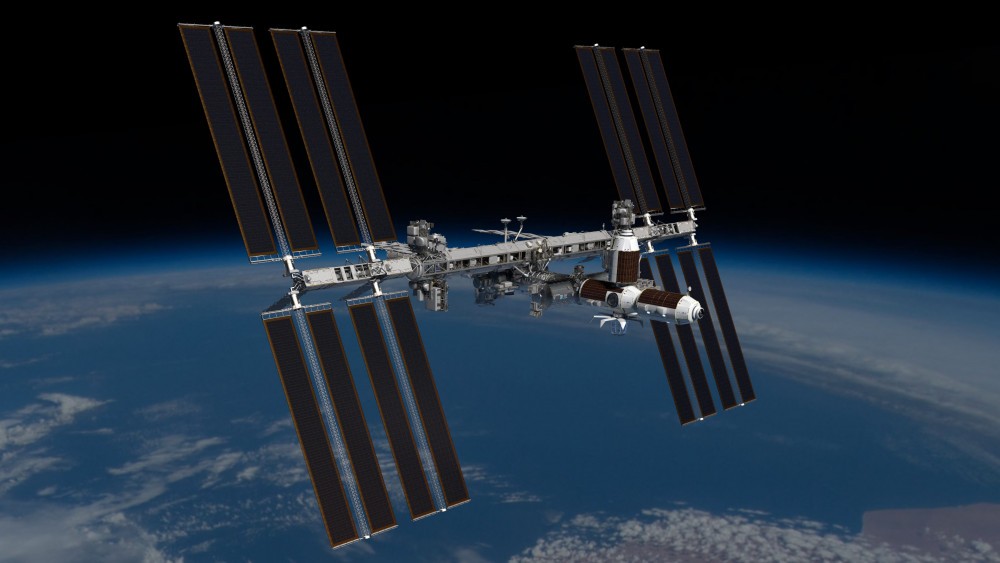New ISS Expedition

On 23 April Crew-2 blasted off for the International Space Station (ISS) onboard a Falcon 9 rocket from the Kennedy Space Center (Florida, USA). The astronauts Thomas Pesquet from ESA, Megan MacArthur and Shane Kimbrough from NASA and Akihiko Hoshide from JAXA make up the crew of Crew-2 Dragon, the second operational mission of NASA’s Commercial Crew Program and ISS’s long-term expedition number 65.
On this mission Thomas Pesquet becomes the first European astronaut to travel to the ISS on a commercial SpaceX spacecraft. This French crew member, who visited ISS for the first time under the Proxima mission (November 2016), will work for 6 months on this occasion for the mission called Alpha. Thomas will carry out over 200 experiments plus two space walks; he will also participate in the installation and commissioning work on Europe’s robotic arm, designed for station maintenance and to assist astronauts working outside the ISS.
Supporting ESA and DLR, GMV forms part of the Columbus Control Center, working in the Flight Control, Ground Control and Ground System teams. It is also working in the Training team of the European Astronauts Center and in the Mission coordination team of Houston’s Mission Control Center. About 20 colleagues are involved in this ESA mission. It is also noted Most notably of all, our colleague Claudia Kobald is Increment Lead Ground Controller throughout the whole mission, Silvio Silvestrelli, also GMV colleague, is the Increment Lead STRATOS and our colleague Joao Lousada will be Increment Lead Flight Director for the second half of the mission.
The astronauts are now in the ISS after a successful docking to the Harmony module, ISS Node 2. After a 197-day stay Crew-2’s crew will return to earth onboard the same capsule, splashing down in the Atlantic Ocean.
GMV in the International Space Station
ISS construction work began in 1998. This project would not have been possible without international collaboration; the EU in particular contributed with crucial engineering work, especially on the Columbus module, a scientific-research module attached since 2008 to Harmony.
As well as taking part in the Columbus preparation phase, GMV also had a hand in the design, development and integration of the control center of the German Space Agency (DLR) in Oberpfaffenhofen. In 2008 it joined the ground- and flight-operations teams, supporting the day-to-day monitoring and the configuration of the Columbus module it-self.
GMV has also worked in ESA’s Automated Transfer Vehicle (ATV) program, both in the preliminary navigation studies conducted for ESA and also providing mission analysis support for CNES control center. This European program comprised five spacecraft, the most complex to serve ISS to date. Its mission was threefold: firstly, to convey supplies and equipment to the ISS; secondly, to provide periodic re-boosts to offset ISS altitude loss due to external agents and, lastly, to remove the station’s waste. The program, which kicked off in 1995, saw the first ATV launch in March 2008 and ended in February 2015 with the uncoupling of the fifth and last ATV. ATV’s success, and the knowledge built up along the way, have served as the basis for subsequent missions.